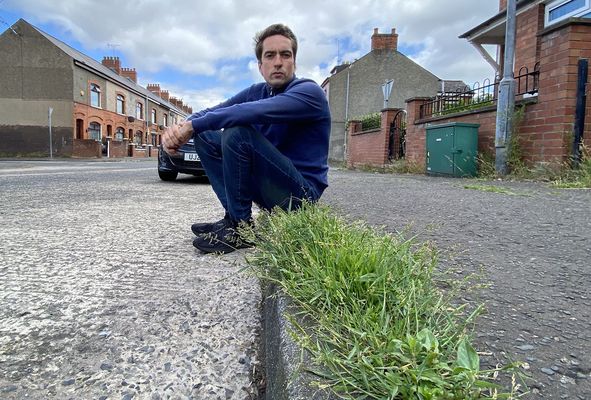A COMMEMORATION to mark the 105th anniversary of Easter Rising leader Roger Casement's death has been accompanied by a call to reinter his remains in County Antrim.
In April 1916, Casement was captured by British forces after trying to smuggle 20,000 German rifles into Ireland near Banna Strand, County Kerry. He was subsequently hanged in Pentonville Prison in London on August 3 that year.
Casement’s body was buried in the prison but was repatriated in 1965 and reinterred in the republican plot at Dublin’s Glasnevin Cemetery. However, his last wish was to be buried at Murlough Bay on the North Antrim Coast. The request was denied by British Prime Minister, Harold Wilson, who feared reburial there would provoke “Protestant reactions”.
On Saturday, a committee made up of members of Casement Social Club, held a commemoration at Casement Park.
The commemoration – which coincided with wreath-laying ceremonies in Banna Strand, Glasnevin, Murlough Bay, and Pentonville Prison and his native Sandycove – saw campaigners renew the call to bring his remains home.

Committee member, Jude Whyte, said: “Our campaign has one simple objective, and that is to abide by Casement's wishes and bring his remains back from Glasnevin Cemetery to Murlough Bay.”
“At the time there was an understanding that he wouldn’t come North because of unionism, but his final wishes were to be buried in Murlough Bay because he had lived some of his life there in a place called Carey,” he said.
“There is not political aspect to this outside of that.”
The campaign, which has the backing of Casement’s descendants, will seek to engage with various official stakeholders to make the reinterment a really.
“Covid has held things up because meeting the main players has been difficult,” Mr Whyte said.
“As these restrictions lift we’re simply going about a systematic campaign to get the Irish Government, Glasnevin Cemetery Trustees, and the National Trust who own the land up there to agree to this.”







